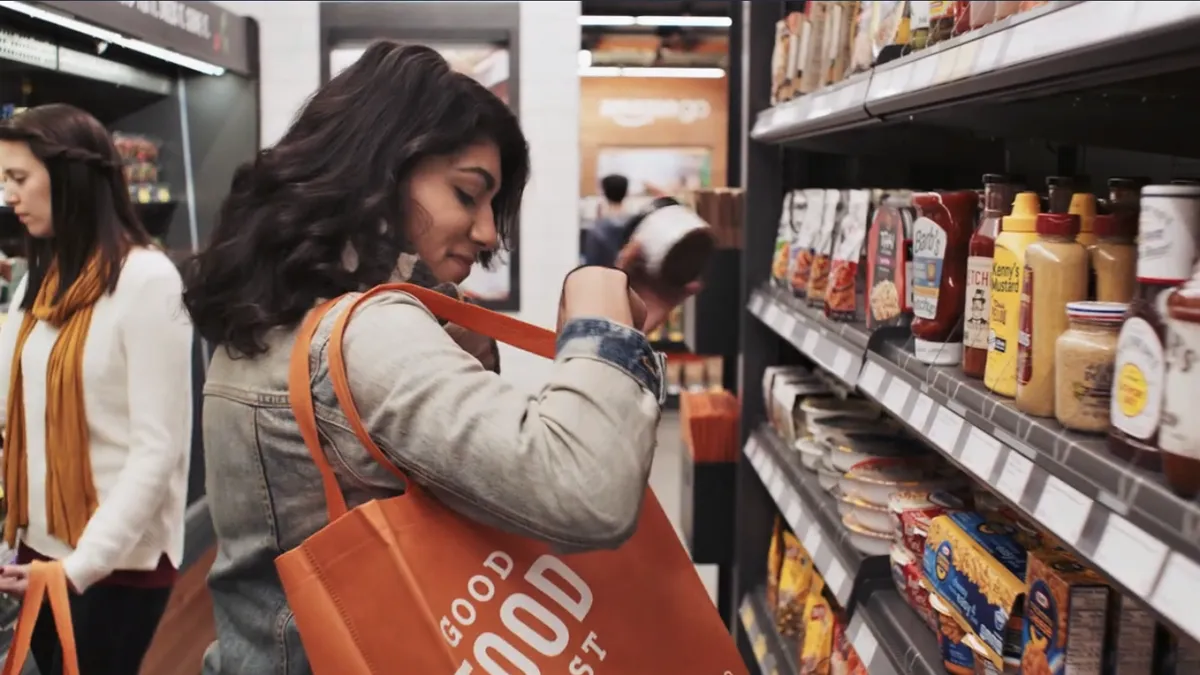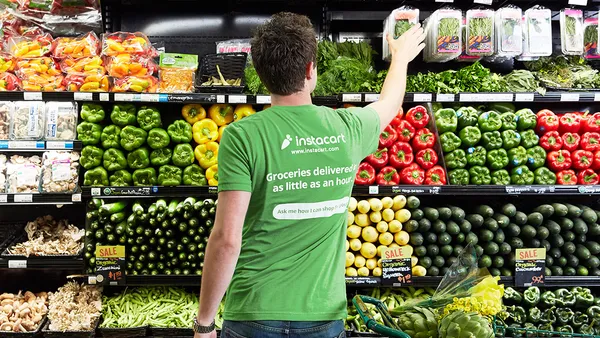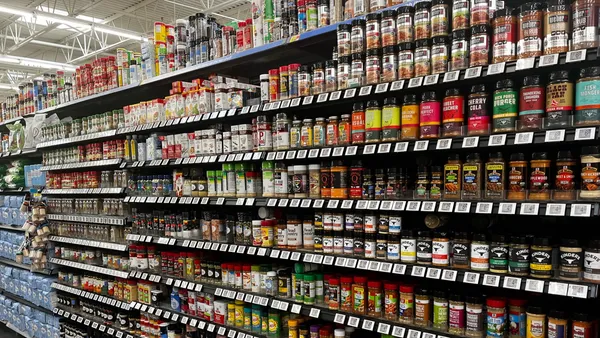Gerard “Gerry” Szatvanyi is the Founder, President & CEO of OSF Commerce, an OSF Global brand, and President & Chief Technologist of eSkill.
Grocery shopping is evolving at a rapid clip. It’s a shopper’s market, and consumers are demanding new, innovative experiences from check-out free shopping to home delivery, curbside pickup and meal kits.
Some argue that online grocery is over-hyped, given that many consumers want to touch, feel and select their food for freshness. The reality is consumer preferences are changing. To compete in the Amazon era, grocers need to evolve their omnichannel strategies to ensure they are not only meeting customer expectations but also differentiating themselves in the market while building efficiencies to drive sales and margins.
So what’s next in this constantly evolving environment? It’s challenging to predict what grocers should be thinking about for the future, but it’s obvious that innovation is spreading quickly and some trends can’t be ignored:
Shifting toward self-checkout and cashier-less stores
Scan-and-go shopping is gaining momentum across U.S. retailers. Although this way of shopping frees up store employees and shifts some of their responsibilities to shoppers, it’s not exactly the same as traditional self-checkout. This method completely skips the checkout step and allows shoppers to scan products with their phone app and bag them as they go.
Looking ahead, facial recognition checkout aims to simplify and accelerate the process further. Customers can scan their products at an automated checkout booth, have their face scanned by a camera to match to their online shopping account and enter their mobile phone number to complete the transaction. Chinese supermarket chain 7Fresh has piloted facial recognition checkout, while in the U.S. places like airports and theme parks have incorporated the technology.
Delivery options for any taste
While shoppers prefer to have a choice between different delivery options, they all expect the same outcome: timely, accurate and personalized delivery. Grocers should be prepared to expand their range of delivery options to include in-store, curbside, or drive-through pickup along with same-day delivery, delivery to a selected location and even 'in-fridge delivery.'
The store as a showroom
Brick-and-mortar stores aren’t going extinct, they’re evolving into a more sophisticated model. After fighting it for years, many retailers have embraced the showroom concept, where shoppers test and try products before making their purchase online. In grocery, retailers could showcase cooking demos, fresh produce and center store products, then direct shoppers to buy online. An inventory-free model similar to China’s Hema market could have an impact on the grocery sector by shifting the focus from the transaction to customer experience.
Changing roles for employees
The way people prefer to shop and have their orders delivered will have an impact on the grocery industry’s workforce. Retailers will need to provide additional training for e-commerce pick-and-pack, meeting shopper’s personal preferences and increasing flexibility overall in acquiring new skills to adapt to industry needs.
Data is essential
Retailers are only going to have more data coming in as shopping experiences evolve and new technologies are implemented. Now is the time for organizations to ensure they have a firm grasp on their data and that they have appropriate solutions in place to make the most of it.
AI and machine learning solutions are practical considerations. They empower employees to make data-backed decisions, focus less on mundane tasks or analyzing complex reports and focus more on responsibilities that are going to have a more significant impact.
Consumer expectations are going to continue evolving at a rapid pace. Grocers that can cater to those expectations with speed and agility will ultimately win.












